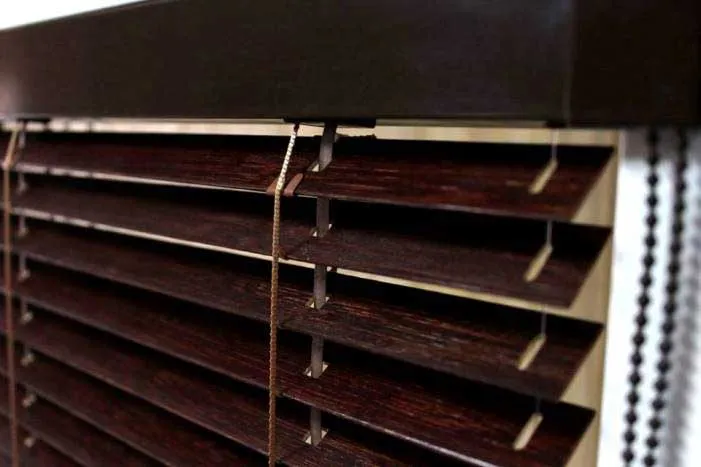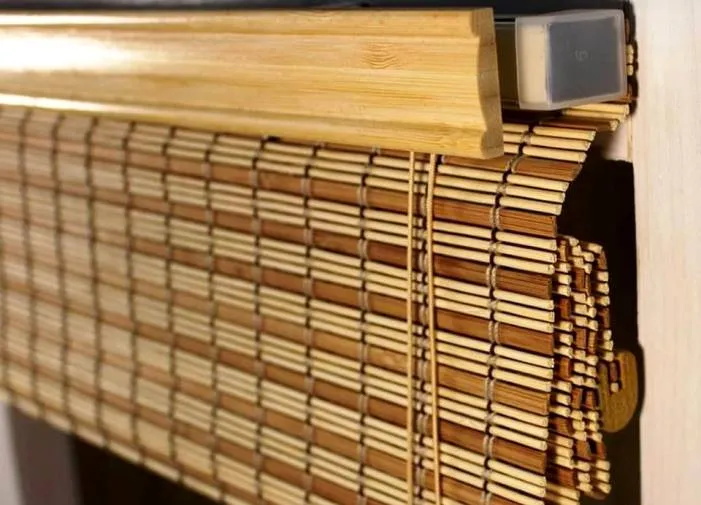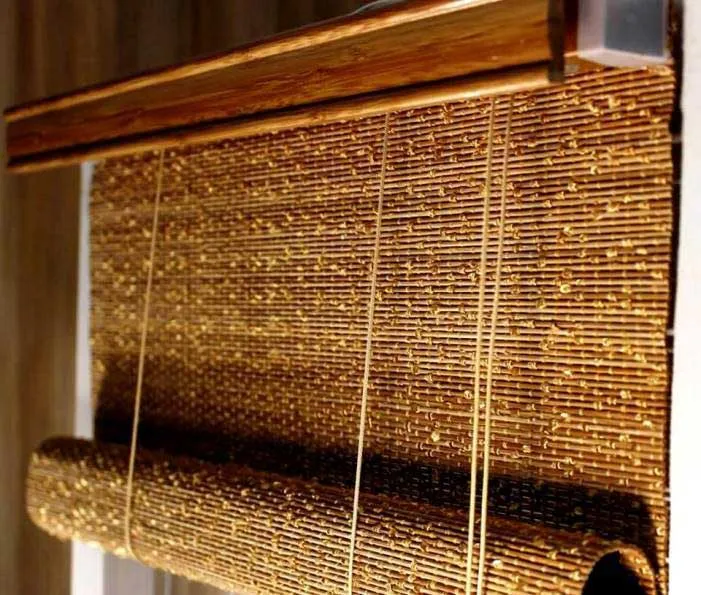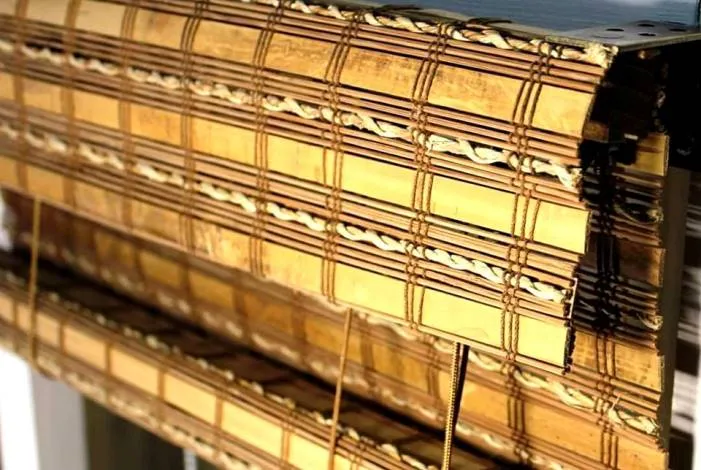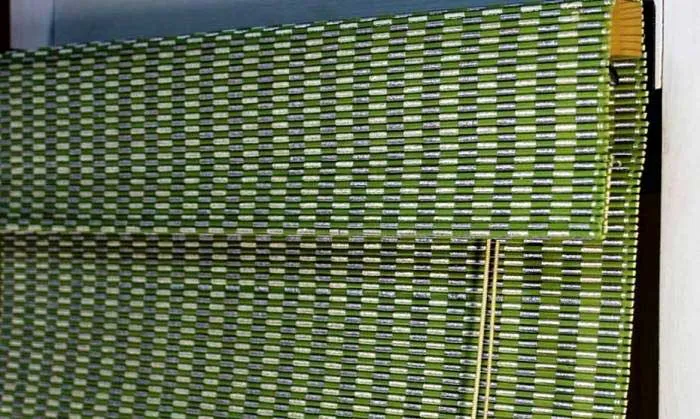Pleated blinds are a modern and high-tech sun protection system, it has all the advantages of other products, as well as its own unique differences that are only available for pleated blinds.
Pleats consist of several aluminum cornices, which are placed at the top and bottom of the product; in some designs the number of cornices may differ.
The system has many mounting and opening options. The pleated fabric resembles an accordion and folds neatly when operating the curtain. Pleated cornices also occupy a minimum of space, which allows the product to be mounted both on individual sashes and on entire openings. In addition, the unique feature of pleated systems allows you to close non-standard window structures such as trapezoids, triangular windows, arched windows and others.
Classic versions of sun protection systems allow you to close windows of the correct shape, that is, rectangular structures with right angles. If the window is divided into other structures, they are closed using false panels that simply cover the glass, preventing sunlight from entering. It is not possible to partially open the false panel; the window can either be open or without a curtain.
With pleated curtains the situation is different; thanks to their design, the curtains will be fully functional on any type of window. The main rule is the ability to secure the system, but otherwise there are practically no restrictions. If the windows are triangular, one side of the fabric will be gathered like an accordion, and the other side will be open, in which case, when opening the window, you close the curtain like a fan with fabric. Arch systems work in a similar way; they open and close like a fan.
Pleats appeared on windows quite recently and previously gained popularity in Europe, and now here too. Therefore, such systems look quite unusual and modern. The pleated fabric is similar to roller blinds and partially transmits light, but visually the curtains are more reminiscent of horizontal blinds due to the large number of horizontal stripes. So if you like blinds, but want fabric instead of aluminum, pleated blinds are your choice. Do not forget that although blinds have a fairly wide palette of colors, they cannot compare with the huge assortment of fabrics of all shades and textures.
Pleated windows are well suited for both lower floor windows and attics; the pleated design is unique and very different from all other types of sun protection.
For lower floors, the system allows you to open the curtain from the upper eaves down, which allows you to leave the lower part of the window closed, but at the same time open access to light, this is a very big plus, which allows you to open the windows and at the same time maintain privacy in the house.
For the attic there is a system with full fixation, in such systems the cornices and the fabric between them are fixed using a special fishing line, the fishing line passes through the cornice and through the folds in the fabric, so it does not interfere with the operation of the system, but the stretched fishing lines do not allow the fabric to sag if the windows are under tilt. Also, a similar system is successfully used not only on skylights, but also on classic tilt-and-turn windows, preventing the fabric from dangling from the wind and when the sash is tilted in ventilation mode.
Easy to care for - pleated curtains use fabrics similar to roller blinds, so they are also made of 100% polyester and coated with special dust-repellent and antistatic impregnations. Thanks to such impregnations, the curtains do not accumulate dust, and cleaning is reduced to the fact that it is enough to wipe off the dust with a rag and the curtain will be as good as new. In case of significant contamination, it is enough to wipe the fabric with a damp sponge to remove dirt. Otherwise, it is not recommended to wash the fabric if the pleated loses its shape and restoring the fabric will be quite problematic.
Advantages of pleated blinds
Compactness - a small system takes up a minimum amount of space, this allows you to free up the window sill for your needs.
Easy to care for - the fabric repels dust and does not require frequent cleaning; just wipe the curtains when cleaning and nothing else is required.
Minimal difference between the size of the product and the fabric - thanks to the small cornices, the curtain can be installed even in close proximity to the slopes and remains functional.
Pleated panels retain their shape well when installed on roof windows thanks to a special full fixation system.
Possibility of fastening to glazing beads - if the windows are designed in such a way that there is no free frame on them, it is possible to attach the cornice to glazing beads and the curtain will be well fixed. When attaching to glazing beads, it is necessary to use small self-tapping screws, because there is glass behind the glazing beads and it is easy to damage.
Pleated in the day-night configuration allows you to combine two fabrics on one product; these can be fabrics of different colors or with different light transmission characteristics.
The ability to open curtains both from bottom to top and vice versa, this design is very convenient for owners of apartments on the first floors.
The manufacturing precision of products down to the millimeter allows you to cover only the necessary space without the need to adjust the size of the curtain.
The height of the system is much higher than other products. When using high pleated curtains, the system remains compact, unlike roller blinds, where the cornice takes up significant space as the height of the curtain increases.
Application for ceiling structures with a height of more than 4 meters.
The key aspect is the ability to close window openings of non-standard shape. Arches, semi-arches, trapezoids, triangles, etc.
Cons of pleated curtains
Cost - these are not the most budget products compared to other systems.
The difficulty with photo printing is that since the fabric is pleated, printing personal images on it is quite problematic.
Do not wash - if the curtain gets wet, the fabric may lose its shape and cannot be restored.
4. When using strong cleaning agents, the dust-repellent coating can be damaged and the fabric will begin to get dirty faster.
